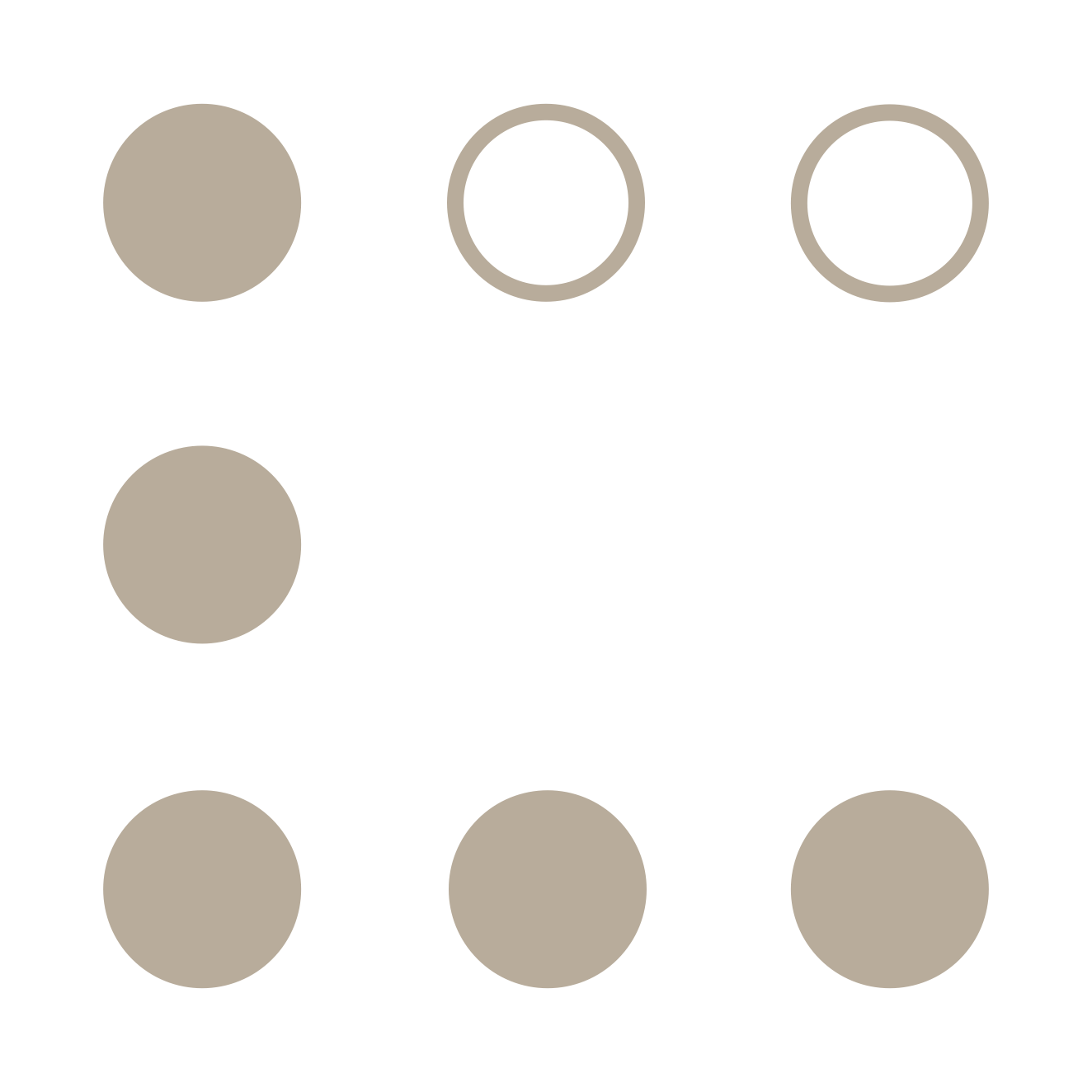It’s 2007 and here’s the challenge: conceive the next big legal product. ‘Cite’ — Evernote for legal research — never made it out of the lab, but the lessons are still valuable.
One of the artifacts was a mind map which seems to uncover the universe of perhaps all knowledge professionals. 8 years after conception, how can it still hold true?
Cite See
First a few words on Cite. There were many reasons why ‘Cite’ never was. I’ll elaborate on one: Cite was actually modeled after Fleck, a dutch based Web Annotation platform. Fleck is one, in a long list of web annotations services, launched on the promise of the Read/Write web. Fleck now lays among the fallen, but its demise may hint to an underlying psychology: Is there an appetite for open annotation on everything?
While web annotation is a darling idea of the digerati, it hasn’t yet gotten the projected traction. Rap Genius is a notable exception and I’m curious to see if Law Genius will have equal success. While Reddit is a more successful successor to Digg it, I do not see it as a true annotator. Equally, Evernote is more about storage with annotation as a value add. So is there an appetite? Inconclusive, but my guess is what literally works on paper does not necessarily translate well to the web. In short: analog to digital will not always parse but what does?
Universal Thinking
So let’s flashback to 2007: How does one create a product that would not only be digital-first, but also be content- and matter agnostic. How can we transform a profession still entrenched in an analog world. In order to accomplish this transformation, one should first thoroughly understand a legal state of mind and culture: What does a legal professional actually do?
To answer this question we took an unusual approach. Normally we started with user interviews or journey mapping but this time we used First-Principle Thinking and search for Axioms, not assumptions. A famous follower of this method is Elon Musk.
“ … [With first principles] you boil things down to the most fundamental truths … and then reason up from there.”
Elon Musk Uses This Ancient Critical-Thinking Strategy To Outsmart Everybody Else
For Legal Professionals this meant:
- How can we classify the type of Problem a legal professional solves?
- And what are the Steps to solve it?
We discovered that it is typical for a legal professional, that each Case must always be regarded as Unique. It stems from the ethical duty to be diligent with each problem presented. At face value, each problem needs different ground rules but most often the same rules apply to the same problems.
With first-principle thinking, you start figuring out when rules become universal. In essence, the more you zoom out of the intricacies of various legal matters, the more these universal steps come into focus.
Depending on your zoom level, here are the Truths we uncovered to ensure proper handling of a Unique Case:
1. Tasklist: inventory of what needs to be done;
2. Search: where to find information;
3. Research: reconstruct the information into a solution*;
4. Review: validate your solution.
*Drafting was considered a fundamental step. However, we believed that if you ignore spelling/grammar/formatting, what’s left is copy-paste and rearranging text. From an intellectual perspective, this can be considered ‘research’.

To Uncover
Constructing a legal solution would mean to Mark, Annotate, Cite, Link, Organize and Share information in such a way that it would solve a client’s problem. Reasoning from these principles, a product (Cite) supporting these activities would be indispensable.
Traditionally, most digital legal products focus on Search (Information Retrieval) and classified it as Research (Information Digestion). With First-Principles Thinking, we could disengage and regroup activities and challenge the status quo. Thus opening up the gateway to the next level in legal technology products.

During this exercise, we stumbled upon a whole new way of conceptualizing product ideas. By using a mind map model for depicting the Legal Professional Universe, we could use it as a blueprint to uncover where products fit in users workflow. You could expand and replace endpoints with (new) products. It also highlighted Jumps between Steps and where integration would add value or not within a workflow.
A mixed map called The Legalcomplex Library debuted in Content is King, Search is Queen and Filters Are Their Offspring. For me, it spawned many ideas for many years.
Cite was an offspring and I wondered what could have been. Fleck may have been a signal that it would never be. For me, that is not the lesson. Critical First-Principle Thinking gave me a different lens to zoom into a problem and reconnect the dots. The lesson is that the world has changed. Analog rules do not apply to a digital world. If annotating is a favorite past time, it may be past its time. Yet the urge to remix will remain as it does in rap.
Originally posted on Medium














